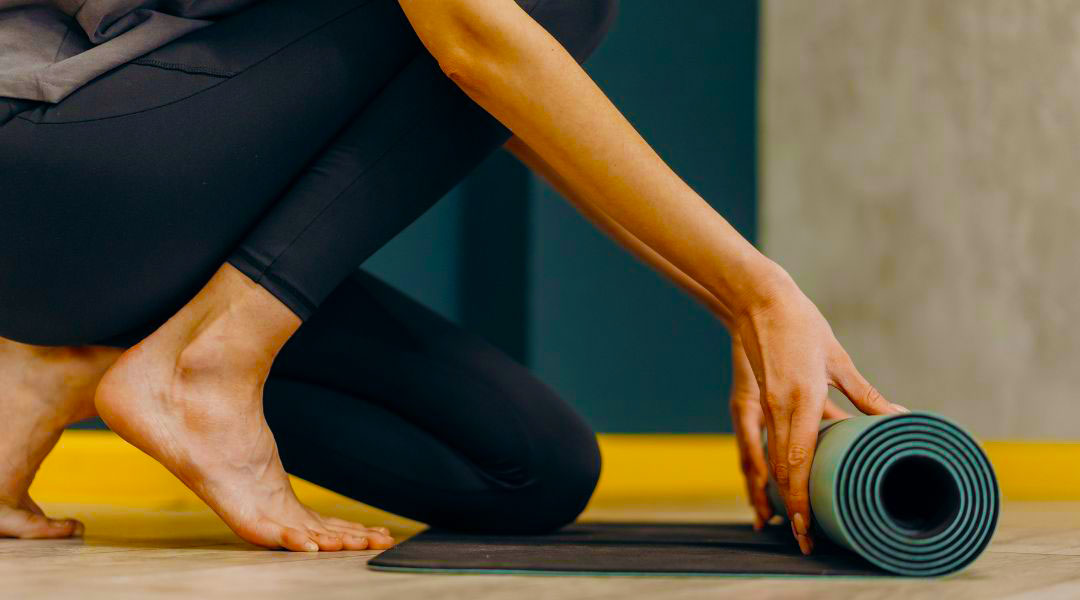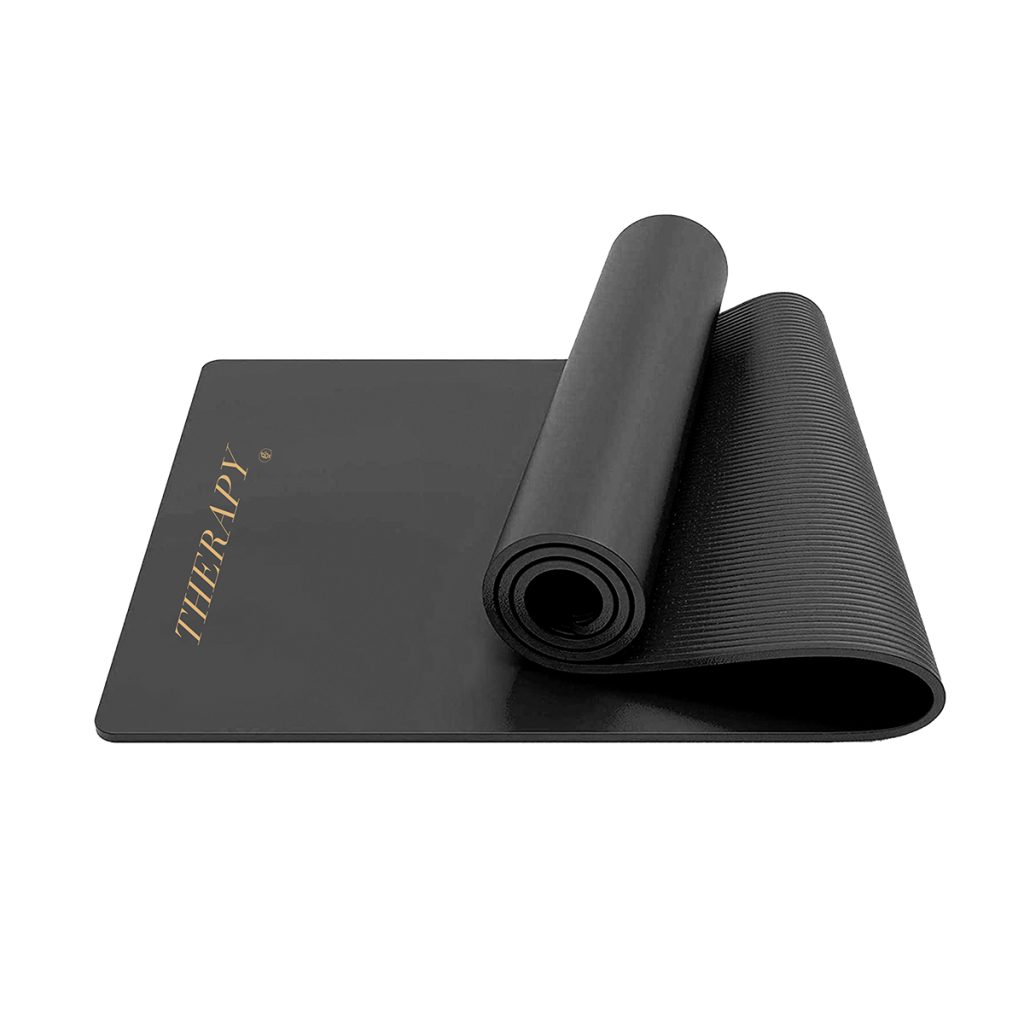Whether you are positioning your body in a pigeon pose or breathing through a flowing bridge pose, you want your yoga mat not to hinder your practice but to enhance it. With the right guidelines, you can find the best yoga mat to suit your fitness and health priorities.
Choosing a Yoga Mat
Yoga mats come in a variety of colors, sizes, thicknesses, and materials. They can be made out of PVC, natural rubber, jute, or microfiber; some are even eco-friendly. You can find mats with unique textures and patterns or those that offer more support and cushioning.
The most important thing to consider when choosing a yoga mat is what you will be using it for and what your priorities are. Here are 7 tips to help you choose the perfect yoga mat:
1. Body Needs
The first step is to think about what your body needs. Do you have any aches or pains that you want to address with yoga? Do you need more support or cushioning in certain areas? For example, if you have joint pain, you may want a thicker mat. If you are doing a lot of inversions or balances, you may want a mat with more grip.
You should also consider your grip. If you have sweaty hands or are doing a lot of heated vinyasas flows, you will want a mat with more grip, so you don’t slip and slide all over the place. There are even mats specifically designed for hot yoga.
2. Size
Yoga mats come in a variety of sizes, but the most common is 68 inches long and 24 inches wide. If you are taller than average or have a larger frame, you may want to look for a longer mat. If you are petite or travel frequently with your mat, a smaller, more compact mat may be a better option.
3. Thickness
The next thing to think about is the thickness of the mat. The thicker the mat, the more cushioning and support it will offer. A thicker mat is a good option if you are doing a lot of floor work or have sensitive joints. However, if you want to feel more connected to the ground, a thinner mat may be a better choice.
4. Material
The material of your yoga mat is also an important consideration. The most common materials are PVC, natural rubber, jute, and microfiber.
You should also think about the care and cleaning of the mat. Some materials are easier to clean than others. For example, PVC mats can be wiped down with a damp cloth, while natural rubber mats may require a bit more care.
5. Weight
The mat’s weight is also an important consideration, especially if you are traveling with your mat or taking it to and from class. If you are carrying your mat a lot, you will want to choose a lighter-weight mat. If you are not as mobile, a heavier-weight mat may be a better option.
6. Maintenance
You should also think about the maintenance of your yoga mat. Some mats require more care than others. For example, natural rubber mats may need to be oiled periodically to keep them from drying out and cracking.
7. Stickiness
The stickiness of the mat is also an important consideration. If you are doing a lot of inversions or balances, you will want a mat with more grip so you don’t slip and slide all over the place. There are even mats specifically designed for hot yoga.
When it comes to choosing a yoga mat, there is no one-size-fits-all option. The best mat for you will depend on your individual needs and preferences. If you take the time to consider what you need, you will be sure to find the perfect mat for your practice. Check out our yoga mat for more information.



